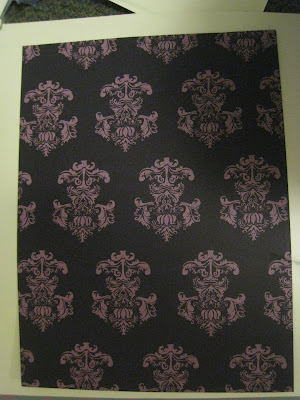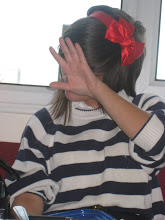Through our time with Rodger and Sarah at Vernon Street, I have begun to think about the idea of 'binding' a book in more detail. Rodger explained binds and different ways of approaching the idea of a book:...
Some examples of things you can do:

- Full Section Bind, This opens flat, but the pagination has to be spot on for the images to look great.

- SWELL, Putting a book together with a rounded spine, this is the book we made as a mock and it just tends to look 'nicer' than the rectangular effect you normally get.
- Japanese Bind, most commonly used for photograph albums or possibly a book of collage? It looks as though the string-stitch on the outside of the spine is holding the book together.

- Coptic binding, this is when there is no spine to the book, it's just stitched, the stitching revealed. Edges are trimmed really flush.
- Concertina, used in children's books a lot, by sticking extra tabs onto the bit of concertina you can make it bigger. With some folding you can also create pockets to hold things and bits of book that fold out, revealing stuff. Then there's also...

- Pop-Up Books.
They also talked about various corner cutters they had, these work in the same way as a hole punch? But cut the corners perfectly. Also machines which work in the same way but that crease bits of card you want.
Lastly Dust Jackets are quick and easy to make. Along with a casing for a book (box), they look very special. I was thinking of possibly making a big one to act as my museum case with my resin inside?
Below are just some images I have come across, of fun, intriguing hand-made books, incorporating some of the techniques above...
These are a couple of videos, of the Alice In Wonderland Pop-up book by Robert Sabuda and Matthew Rinehart, pretty spectacular! Amazing paper engineering!
Fabric Books, are also something i'm interested in very much, they have a very personal feel to them, which I think is important when trying to communicate something.





















































